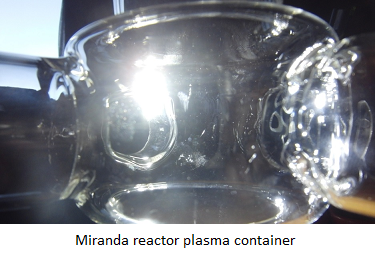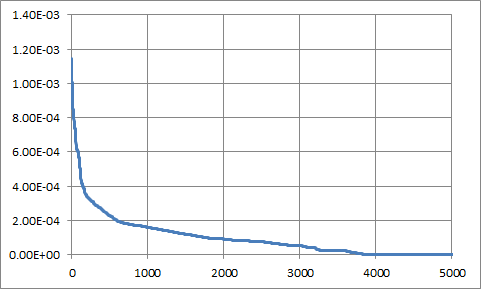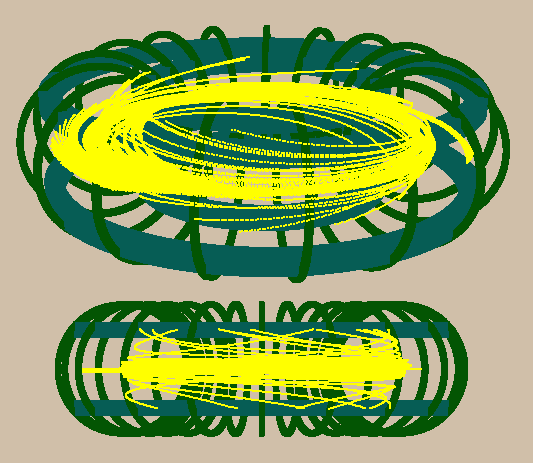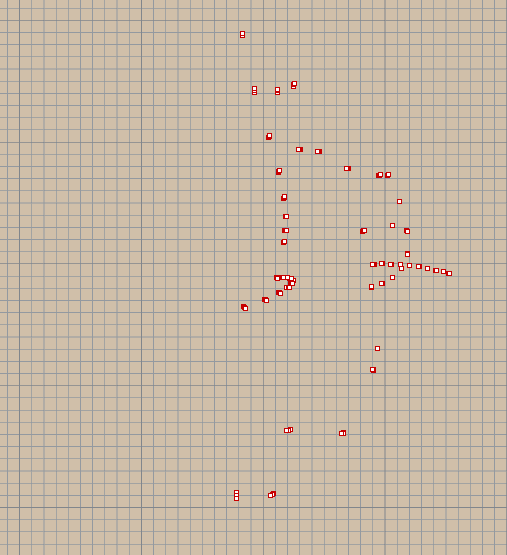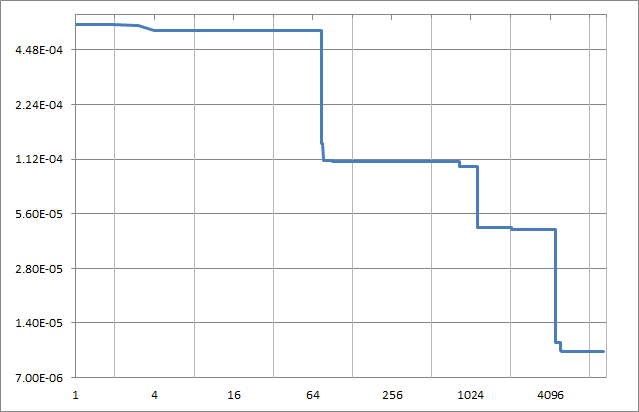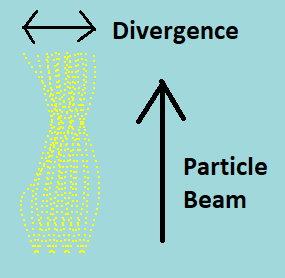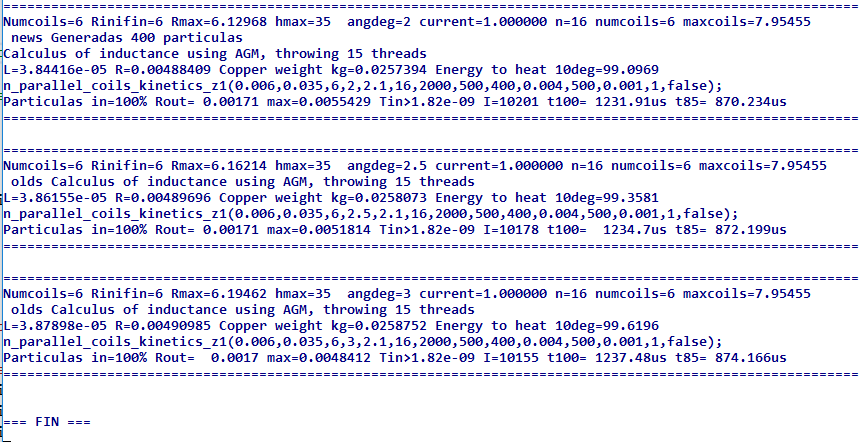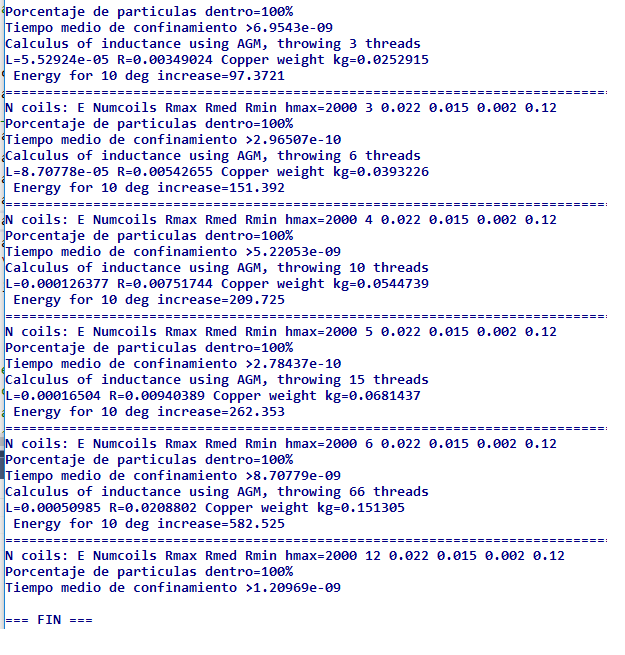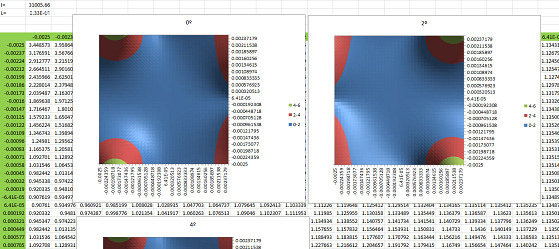It was tested charging and discharging, measured the capacitance.
Also, it was made an unloaded target shot that was performed at 100% of the capacitor bank capacity.
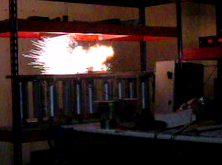
The image resolution is low due it was taken using a high-speed camera. It can be seen the detonation of the reactor after the compression. In the early tests of the Pulsotron-1A and 1B Z-pinch machines, some confinement chamber survived to the discharge and could be reused, but it was impossible after overcoming 60 gigapascal pressure.
In the test it was checked some safety systems and also it was acquired the shot performance but the time scale must be modified next time. A lot of jobs must be done before making a loaded test as install radiation sensors, another acquisition system to have enough channels. Also, it will be needed to check the simulations.
Some scientists pointed out the possibility that the discharge could be performed in air, so we usually install optical and electromagnetic sensors that measure the plasma ball dimensions during the discharge. These sensors must be installed in the new machine.
A specific energy sensor is designing now to allow measure the radiated energy including alpha, photons from infrared to ultraviolet and low energy X rays

